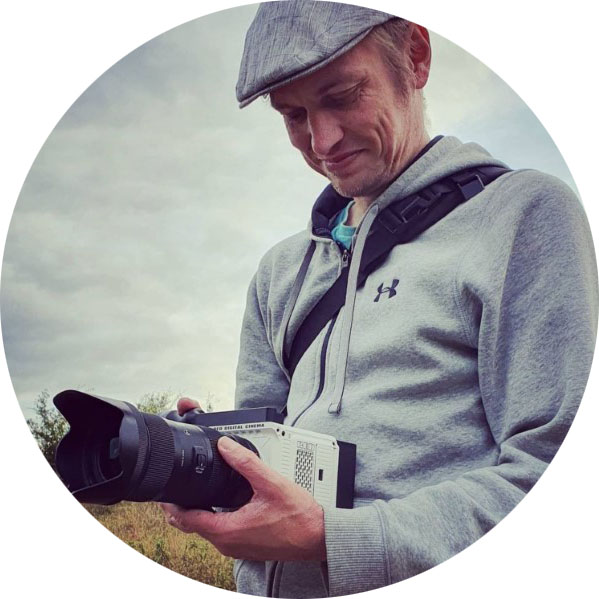Definition: a table read (also known as a read-through) is when the above-the-line production team of a movie or TV show gathers to read out the script and get a feel of how the story reads. It happens near the end of preproduction to make final revisions before the actual shooting occurs.
Table reads serve many purposes, from team-building to fine-tuning the script, and in this post, I’ll discuss them in more detail. So grab a chair, join the circle, and let’s open the script up on page one.
Table of Contents
The meaning of Table Reads in Preproduction
Before shooting a pilot, movie, or TV show, the above-the-line production team gets together and reads through the script.
Read the FilmDaft quick guide to film set roles.
Reading out the script means reading all the speaking parts, the voice-over (if any), soundstage directions, and scene headings.
Therefore, the purpose of a table read is to give everyone a chance to familiarize themselves with the script and prepare for the shoot.
Read more about the difference between script and screenplay.
Doing a table read allows everyone involved to hear the story aloud, take notes, and circle up to make revisions.
In television, table reads are done before recording an episode so final edits can be made.
On a feature film, they can clue you into important changes that can affect or combine scenes to make your days easier.
Why table reads are important
Actors use table reads to practice the script and get in the right mindset for the shoot. It’s where they fine-tune their characters emotionally.
When acting out the dialogue in the script, actors get a sense of the rhythm or flow in each scene.
If you want to practice table-reads yourself, check out the best places online to read Hollywood screenplays for free.
However, table-reads are also important for the screenwriters and director, as reading through the script can reveal passages that don’t work and need to be ironed out.
In other words, it’s a chance to make important revisions to the screenplay.
Table reads also help the producers understand changes to scenes, which can result in potential production delays, which in turn usually mean more expenses.
Read more about what producers do in movies.
For department heads such as the cinematographer or costume designer, table-reads are important to spot any issues related to their vision.
Table-Read Examples
Let’s look at examples of table-reads from TV shows and movies.
The first one is the finale table-read from the hilarious TV show The Good Place (2016-2020), which starred Ted Danson, Kristen Bell, William Jackson Harper, D’Arcy Carden, Jameela Jamil, Manny Jacinto, Mike Schur, and more.
The next example is from Disney’s live-action movie Beauty and the Beast (2017), which is based on the animated version of the same name from 1991. The live-action adaptation stars Emma Watson, Dan Stevens, Luke Evans, and more.
The last example is a virtual table read from Family Guy (1999-) Episode 350, including cast Seth MacFarlane, Alex Borstein, Mila Kunis, Seth Green, and executive producers Rich Appel, Alec Sulkin, and Kara Vallow.
Summary
Table reads are an important preproduction element for any pilot, tv-show and feature film.
Table reads help the production team iron out any kinks in the final screenplay, and the actors fine-tune their characters in dialogue with the rest of the cast.
I hope this helps give you an understanding of what goes on in a read-through. If you have any experience with table reads yourself or any thoughts or questions, please share in the comment section below.
Up Next: Good 1 Minute Monologues for Auditions (free PDF download)

